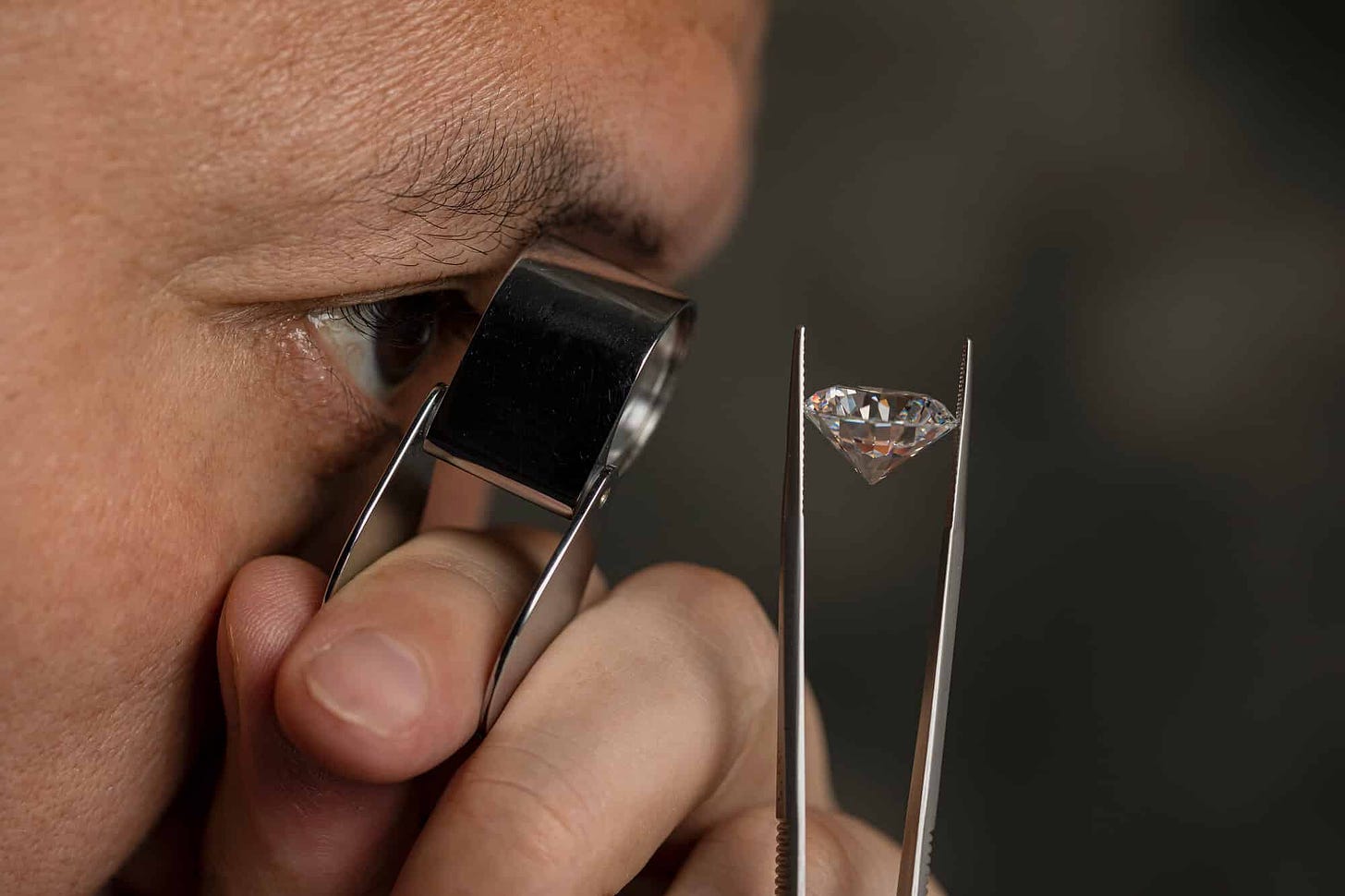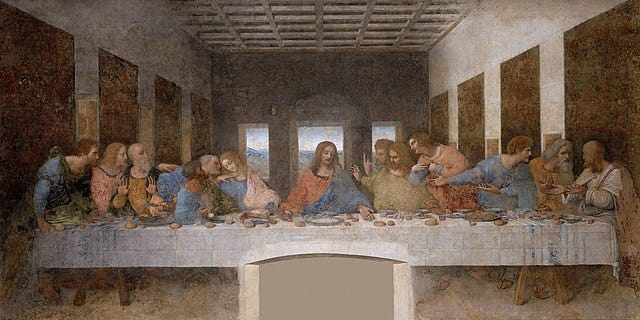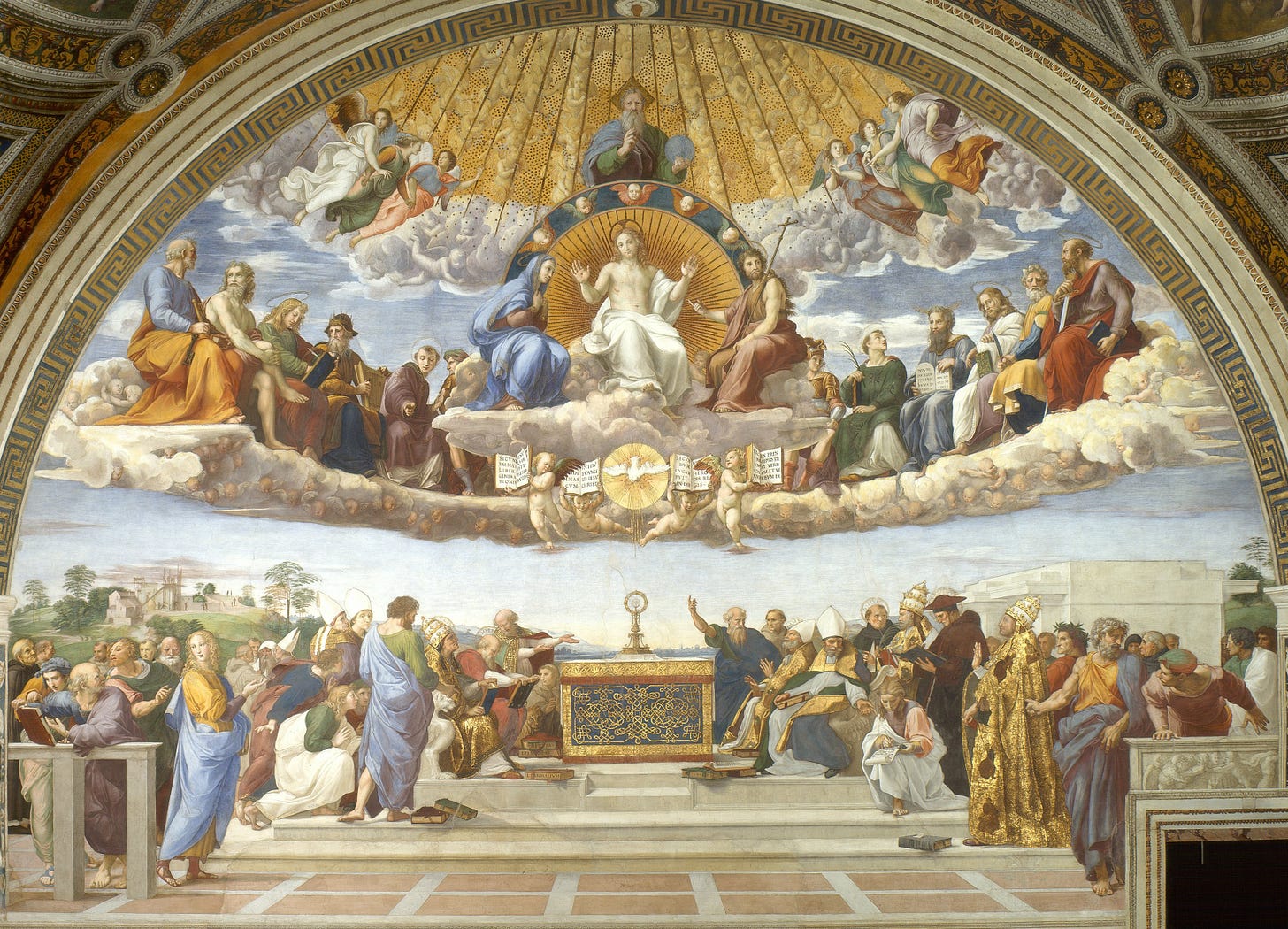Editor’s Note: Fr. Luke Daghir preached this homily during a Holy Hour on May 25th at Sacred Heart Church in St. Marys, PA. The goal of this homily was to rekindle what we already know.
The Eucharist has many names due to the great mystery involved. The Catechism (1328) states that “the inexhaustible richness of this sacrament is expressed in the different names we give it.”
Think of a diamond. If we turn a diamond, we can see it differently. Each angle helps us to see the depth of the diamond differently.
So, too, it is with the names of the Eucharist. Each name helps us turn the diamond, so to speak, and better see the inexhaustible richness of this sacrament in different ways.
We can never see a diamond all at once. That is another reason why we have to turn a diamond. The same can be said of the Eucharist - we can never capture the Eucharist in one glance.
Here are some of the names of the Eucharist. Let the names turn your mind and heart toward the inexhaustible richness of this great sacrament:
The Lord’s Supper
The Breaking of the Bread
The Memorial of the Passion and Resurrection
The Holy Sacrifice
The Holy and Divine Liturgy
The Most Holy Sacrament of the Altar
Holy Communion
The Holy Mass
The Most Blessed Sacrament
Bread from Heaven
The Bread of Angels
Source and Summit of the Christian Life
The Medicine of Immortality
The New Manna
The New Passover
The New Bread of the Presence
Viaticum
There is often one best view of a diamond—one that helps us see it from its most excellent vantage point.
Similarly, one name helps us see the Eucharist from its most excellent vantage point.
The name is Eucharist itself, which means giving thanks or gratitude. At the Last Supper, Jesus gave thanks, and so should we.
Within the Catholic Mass, there is the Liturgy of the Eucharist. The common opening prayers are The Lord be with you. And with your spirit. Lift up your hearts. We lift them up to the Lord. Let us give thanks to the Lord our God.
In this Holy Hour, pray for the grace to be moved toward gratitude. To be eucharistic (to be thankful and grateful) and, ultimately, to be like Jesus, who was very grateful.
The saints share many things in common. However, one of them is that they were grateful. The movement of the saints is one toward gratitude.
When it comes to gifts, they can often be better. For instance, a basketball could be more durable or bounce better. A pair of shoes could last longer and be of better support. However, when it comes to the Eucharist, it cannot be better. God is perfect, and the Eucharist is Jesus’s body, blood, soul, and divinity.
In other words, God gave us the greatest gift—Himself. We ought to be grateful for this gift and for the inexhaustible richness of this sacrament.
+ Fr. Luke Daghir
*Special thanks to Brant Pitre and his book Jesus and the Jewish Roots of the Eucharist for the diamond imagery.










